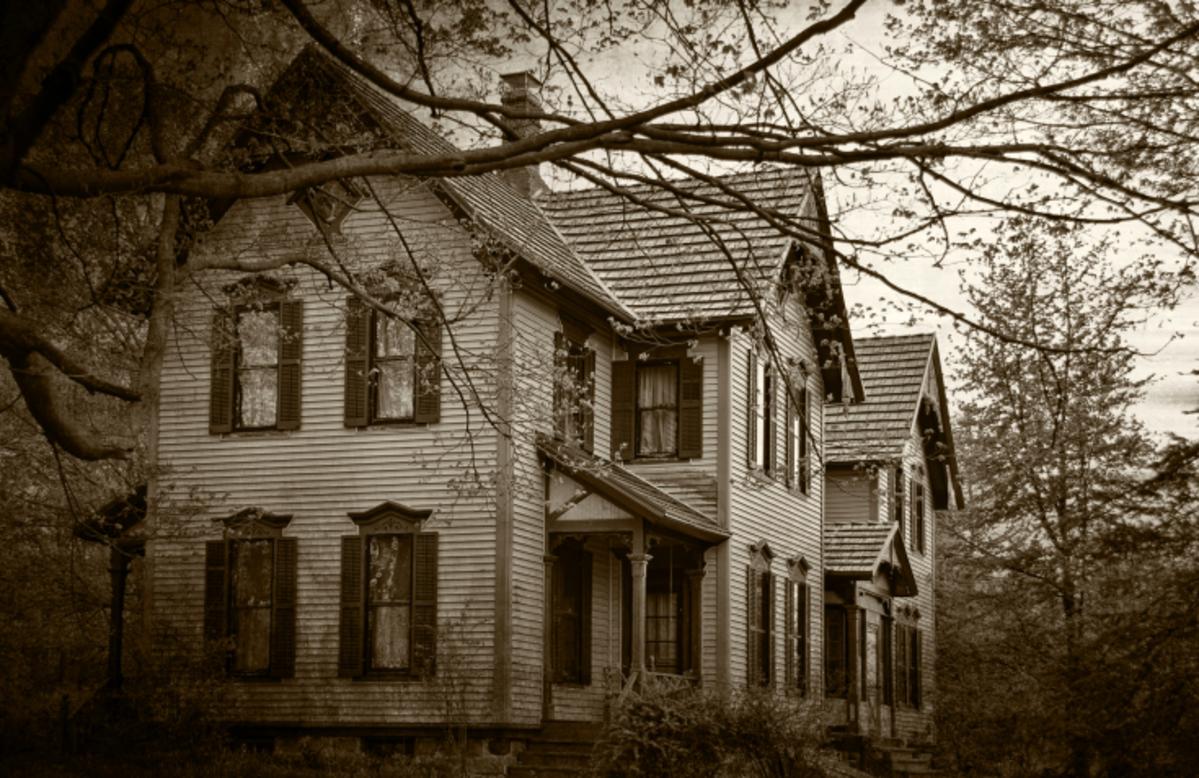In the shadowy corners of the real estate market, a niche industry thrives on spine-chilling stories and whispered legends: the buying and selling of haunted houses. Once dismissed as taboo, these properties are now attracting investors, thrill-seekers, and entrepreneurs eager to turn paranormal notoriety into profit. From bargain purchases to themed rentals, the business of haunted real estate is proving that fear can indeed be lucrative.
Why Haunted Houses Sell Cheap—and How Investors Cash In
Haunted homes often languish on the market due to stigma, superstition, or sensationalized histories. Sellers, desperate to offload properties tied to tragedies, suicides, or unexplained phenomena, frequently list them 20–50% below market value. This discount creates a golden opportunity for investors willing to embrace the eerie.
- Flipping for Profit: Savvy buyers purchase stigmatized properties at rock-bottom prices, renovate them, and resell them to buyers who either don’t believe in ghosts or see potential in the story. A well-executed flip can yield returns of 30–70%, especially if the home’s dark past is downplayed.
- Paranormal Tourism: Some investors lean into the haunting narrative, transforming homes into year-round haunted attractions, Airbnb experiences, or filming locations for ghost-hunting shows. The infamous Sallie House in Kansas, for example, charges $500/night for overnight stays.
- Commercial Ventures: Restaurants, museums, and event venues capitalize on haunted lore. The Stanley Hotel in Colorado (inspiration for The Shining) earns millions annually through tours, weddings, and its horror film festival.

The Allure of “Stigmatized Properties”
Legally classified as “stigmatized” rather than “structurally defective,” haunted houses carry no physical flaws—just psychological baggage. In states like California and New York, sellers must disclose deaths or paranormal activity if asked, but savvy agents often market these homes with a wink:
- “Perfect for paranormal enthusiasts!”
- “Rich history and character—stories included!”
Buyers include:
- Investors: Targeting undervalued assets.
- Content Creators: YouTubers and TikTokers chasing viral fame.
- True Believers: Those seeking a connection to the supernatural.
Case Studies: From Amityville to Profit Margins
- The Amityville Horror House (NY): Despite its grisly history (six murders in 1974), the Dutch Colonial home last sold in 2017 for $850,000—double its value if not for its infamy. It’s now a morbid tourist magnet.
- The Villisca Axe Murder House (Iowa): Purchased for $110,000 in 1994, it earns six figures annually via tours and overnight stays.
- The Conjuring House (RI): Bought for 439,000∗∗in2019,itnowcharges∗∗439,000∗∗in2019,itnowcharges∗∗1,200+ per night for ghost hunts and photoshoots.
Risks: When the Deal Goes Bump in the Night
- Resale Challenges: Not all buyers embrace haunted lore. Some properties require heavy rebranding.
- Legal Gray Areas: Failure to disclose stigmatized histories can lead to lawsuits in certain states.
- Maintenance Costs: Older haunted homes often need costly repairs—both for structural issues and “spiritual cleansing” services.
The Psychology of Fear-as-Profit
The rise of paranormal TV (Ghost Adventures, American Horror Story) and social media has normalized—even glamorized—haunted homes. Buyers aren’t just purchasing property; they’re investing in a story. As one realtor quipped, “A ghost is just free marketing.”
How to Break Into the Haunted House Market
- Research Local Laws: Ensure compliance with disclosure requirements.
- Partner with Paranormal Experts: Validate (or debunk) hauntings to leverage the narrative.
- Target Niche Audiences: Market to horror conventions, paranormal societies, and film crews.
- Stage Strategically: Replace “creepy” with “charming” for traditional buyers, or amplify the spook factor for thrill-seekers.
Conclusion: A Market with Nine Lives
The haunted house trade isn’t for the faint of heart, but for those willing to dance with the unknown, the rewards can be supernatural. As long as humanity remains fascinated by the afterlife, these homes will continue to haunt the market—and the imaginations of profit-driven investors.
“In real estate, the only thing scarier than a ghost is missing out on a 50% ROI.” 👻💰





Leave a Comment